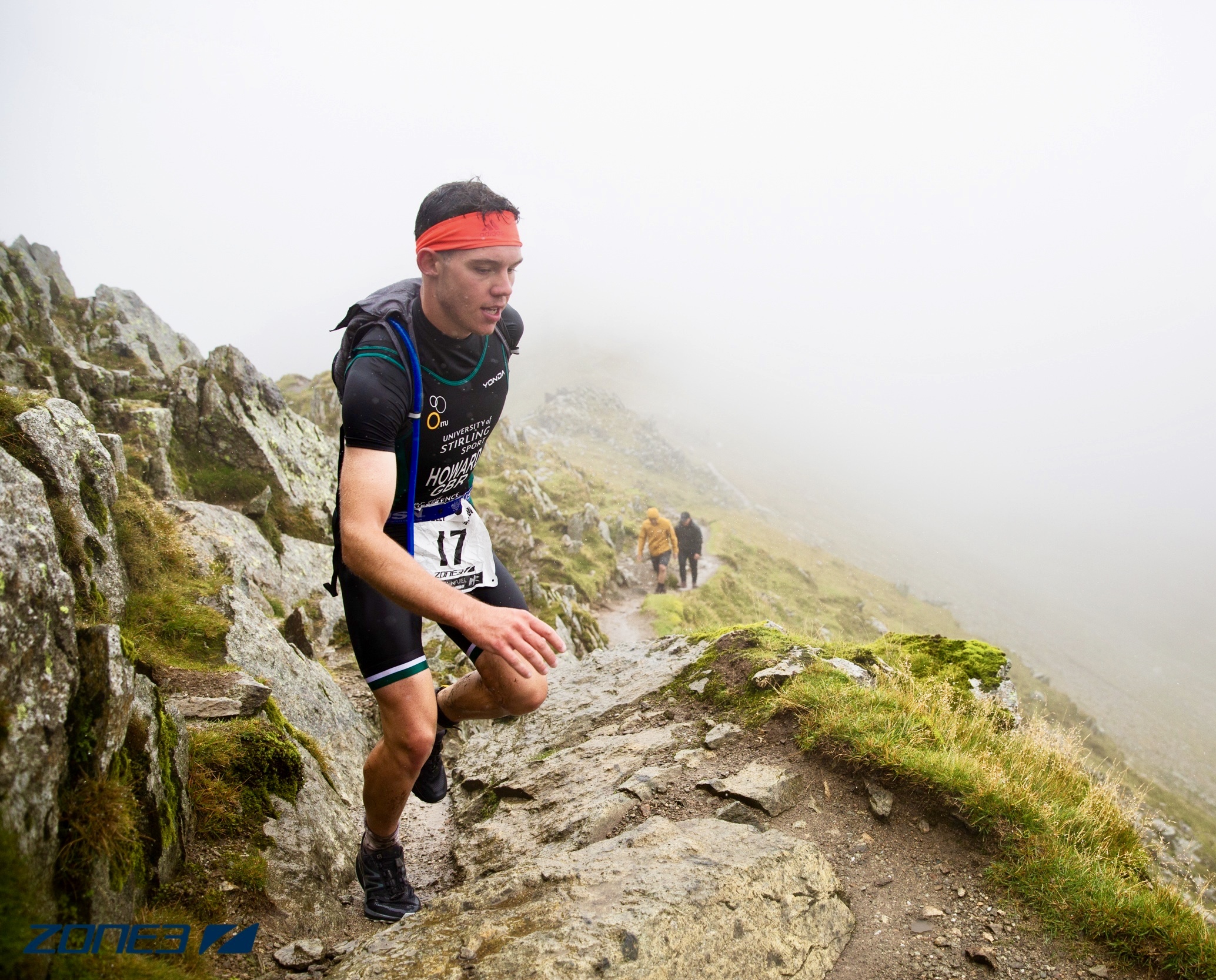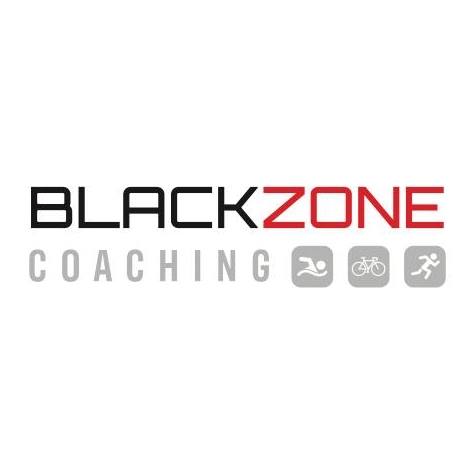Triathlon Training on Limited Swimming Post-Lockdown
It’s been a hugely welcome return to racing over the past month around the UK and further afield but one common topic for many has been the lack of swimming training over the past year due to the lockdown restrictions and pool closures. Guest author Kevin Henderson from leading triathlon and cycling training company Blackzone Coaching explores the topic of how to make the most of your swim training and race tips to help counteract the potential lack of time in the water.
Kevin’s Tips
For most, swimming has taken a back seat over the past 12 months or so because of the closure of public pools and many outdoor swimming areas due to lockdown. The main thing to remember firstly is that the race can’t be won on the swim leg, although it can definitely set the tone for the rest of your race. If you’re concerned about a lack of time in the pool ahead of race day then hopefully we can put those fears to bed to allow you to head to the start focused and confident.
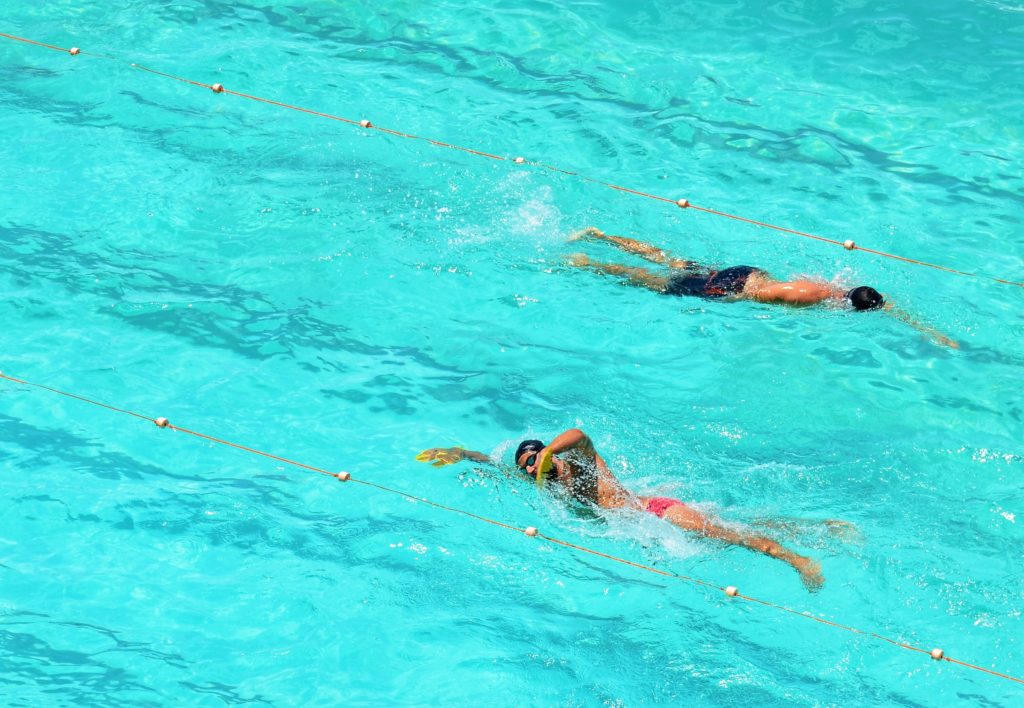
The amount of pool time needed to get ready for a triathlon of any distance obviously depends on how experienced a swimmer you are initially. If you’re a complete newcomer then more time working on both technique and fitness will be required compared to someone much more accustomed. The same also goes for what you’re looking to achieve from your race – those looking to complete and finish in a set time will have a different outlook on the swim to those looking at challenging for the win.
For someone new to triathlon with a month to go until their first event, spending as much time as possible in the pool will be the key. Assuming you have OK general fitness from your time spent training on the bike and running you will want to get in the water as much as you can. With limited time we’d recommend spending your first two weeks working on your technique and then begin to ramp up the intensity over the following two weeks.
For more advanced triathletes it’s not going to be too different from the beginners but placing more of a focus on higher volume and intensity earlier on. Try to get in at least three key sessions a week with one focusing on endurance, one on speed and the last working at threshold. If you’re able to fit in any extra sessions then try to focus on technique or any weaknesses. Of course it may not be possible to get this many sessions in so you may need to use your imagination and mix and match some sessions if necessary.
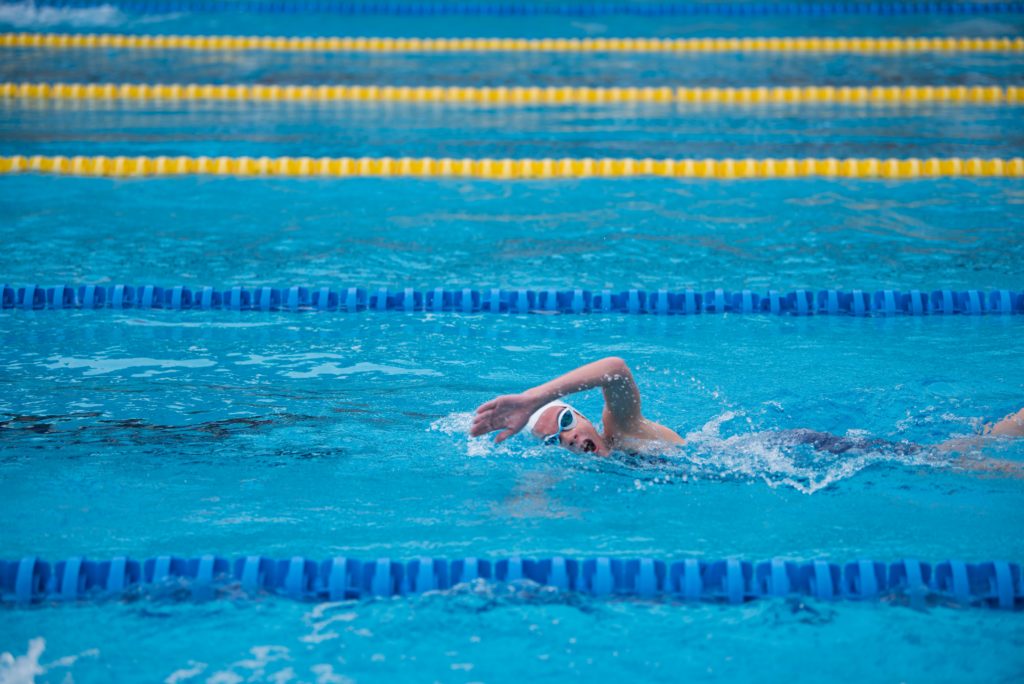
If you’re worried about your swim leg come race day you can take some comfort in the fact that due to travel restrictions we’ll all be racing in the UK which means it’s likely that wetsuits will be permitted for most open water swims. The extra buoyancy provided by a wetsuit should go some way to make up for the lack of swim training.
Another unintended consequence of COVID that should make swims slightly less stressful is that a lot of triathlons are avoiding mass starts and instead using a time trial format. This means you don’t need to worry about fighting for position or being on the receiving end of any kicks and elbows, rather you can settle into your own pace and focus entirely on technique.
If you are participating in a mass start race or they set you off in small waves then don’t underestimate the advantage that drafting can offer you. Research has shown that getting on to the feet of a slightly faster swimmer can reduce your drag coefficient by 21%, over a half Ironman distance this could save you up to two minutes on your swim.
It’s important to remember that you can always find a solution to a problem. I had a few clients that have only been able to book 30 minute swim sessions and were worried about this leaving them disadvantaged compared to their competitors. We worked around this by having them do a dry land warmup and cool down so they really made the most of their time in the pool. You’d be surprised at how productive a session you can have in 30 minutes if you really put your mind to it. With the right attitude you can nearly always make the most out of what initially appears to be a set back.
My final piece of advice would be to remember that almost all of the athletes lining up on race day will have had to overcome the same obstacles you have in the run up to the event. It’s very unlikely that anyone is going to be in their best swimming form so try not to dwell on it and instead focus on getting the best out of your bike and running leg.
About Kevin Henderson
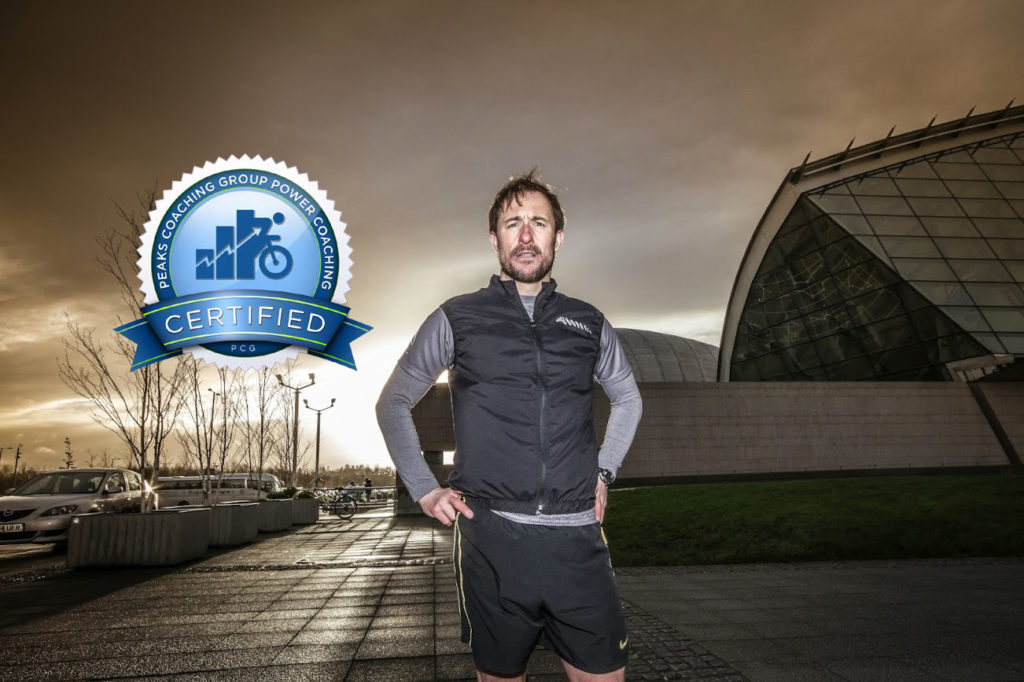
Kevin is head coach at leading triathlon and cycling coaching company Blackzone Coaching, based in Glasgow working with athletes internationally. With an extensive background in road cycling Kevin himself has frequently climbed podium steps in triathlon and cycling, as well as having represented Scotland internationally as a cyclist. His passion for triathlon resulted in him double medaling at the Scottish Sprint and Standard Championships (2011) although his real enjoyment comes from endurance triathlons and he has to date competed in six IRONMAN distance events: Roth, Barcelona (3), Austria & Mallorca.
On top of his 20 years’ experience in the fitness industry he is also a fully qualified Triathlon Coach, certified by the acclaimed International Triathlon Coaching Association (ITCA), as well as an IRONMAN Certified Coach.
